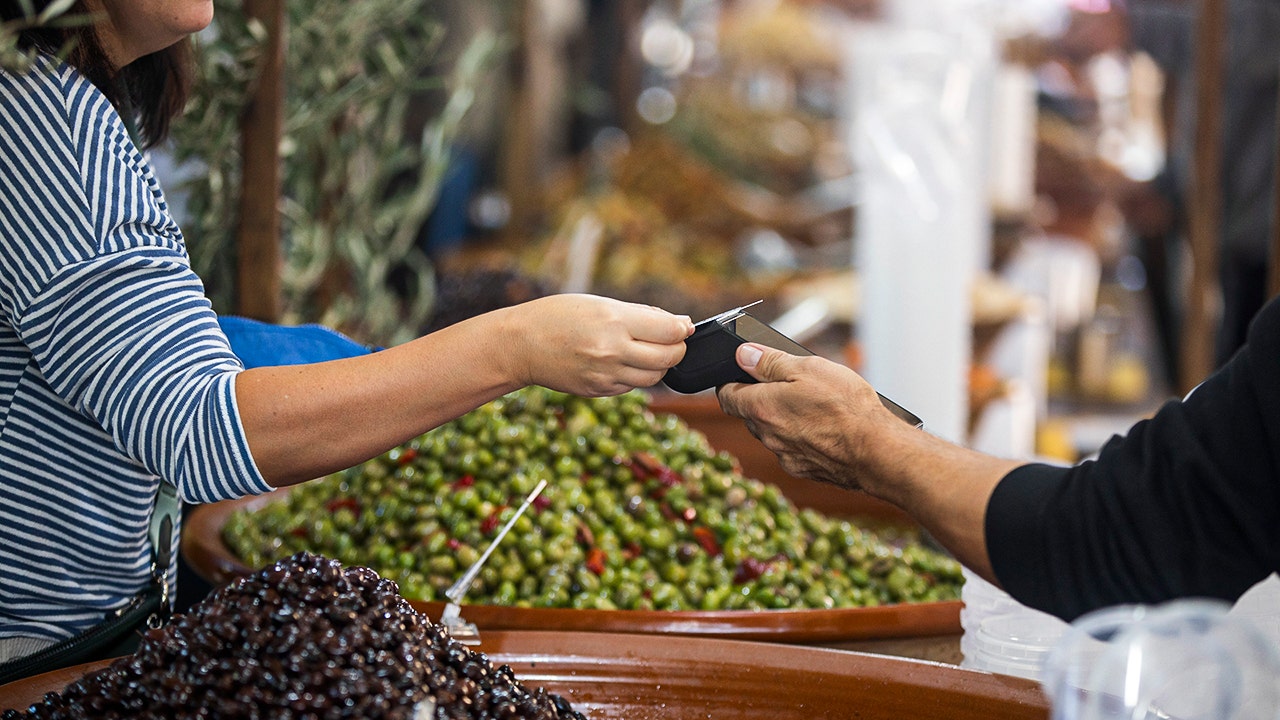In today’s increasingly digital world, protecting your phone and personal data has become more important than ever. A new scam, known as “ghost tapping,” is rapidly spreading across the United States, targeting users who rely on tap-to-pay credit cards and mobile wallets. The Better Business Bureau (BBB) has issued warnings about this deceptive tactic, which allows scammers to steal money quietly and efficiently by exploiting wireless payment technologies.
Ghost tapping works by taking advantage of near-field communication (NFC), the technology that enables contactless payments. Scammers use handheld NFC devices that mimic legitimate payment terminals, allowing them to initiate unauthorized transactions without the victim’s knowledge. This scam typically unfolds in crowded public places such as festivals, markets, or on public transportation, where scammers can get close enough to your wallet or phone to trigger a payment.
One common scenario involves scammers posing as vendors – for example, charity sellers or market stall operators – who claim to accept only tap payments. When a victim taps their card or phone, the scammer charges a higher amount than agreed or makes multiple small withdrawals. These initial charges are often small enough to fly under the radar of fraud detection systems, so victims frequently do not notice anything wrong until substantial amounts have been taken.
The BBB’s Scam Tracker has documented numerous cases similar to this, including reports of losses exceeding $1,000. For instance, a Missouri resident reported losing $100 after being approached by someone carrying a handheld card reader. In many cases, scammers pressure victims to complete payments quickly, making it difficult to verify the transaction details such as the merchant name or amount. Some even use portable readers capable of picking up signals through thin wallets or purses, making it easier to steal data without physical contact.
While the ghost tapping scam is concerning, there are straightforward ways to protect yourself. One of the most effective defenses is using an RFID-blocking wallet or card sleeve. These inexpensive accessories create a physical barrier that prevents unauthorized scanners from reading your card’s information through clothing, bags, or wallets. When shopping for these products, it’s important to select ones specifically designed to block wireless communication.
Additionally, always double-check the merchant name and transaction amount displayed on the payment terminal before tapping your card or phone. Scammers often try to rush you through the payment process to avoid scrutiny, but taking a moment to confirm the details can prevent fraudulent charges. If anything looks suspicious or differs from what you expected, cancel the transaction immediately.
Another critical step is to enable instant transaction alerts through your bank or credit card provider. These alerts notify you immediately when a charge is made, allowing you to detect unauthorized activity as soon as it happens. Early detection is key to stopping further losses and simplifies the process of disputing fraudulent transactions.
Beyond protecting your financial accounts, it’s also vital to safeguard your personal data. Even if you catch a scam early, your information could still be compromised and sold on the dark web. Identity theft protection services can monitor your credit and financial information, alerting you if your data appears in breaches or unauthorized places. Some services also offer data removal, which helps delete your information from data broker websites that sell it to scammers, reducing your risk of future attacks.
Crowded environments are especially risky for ghost tapping scams because scammers can blend in easily. Experts recommend limiting your use of tap-to-pay in such places, opting instead for chip or swipe methods that require physical contact and are harder to exploit remotely. Regularly reviewing your bank and credit card statements—at least once a week—is also a good habit. Even small unexplained charges could be a sign of ongoing fraud, so report suspicious activity to your bank immediately.
Mobile wallet apps often include additional security features such as PINs, facial recognition, or fingerprint verification before authorizing a transaction. Make sure these protections are enabled on your devices. This extra layer of security prevents unauthorized payments even if your phone is accessed by someone else.
Keeping your smartphone’s software and mobile wallet apps up to date is another essential defense. Updates frequently include security patches that fix vulnerabilities scammers might exploit. Using outdated software can leave your device exposed to malware or hacking attempts.
Speaking of malware, protecting your devices with strong antivirus software is a wise precaution. Antivirus programs scan for malicious apps, spyware, and other threats that could hijack your tap-to-pay data or record sensitive information without your knowledge. For those looking for recommendations, technology experts often publish annual lists of the best antivirus solutions for Windows, Mac, Android, and iOS devices.
While

